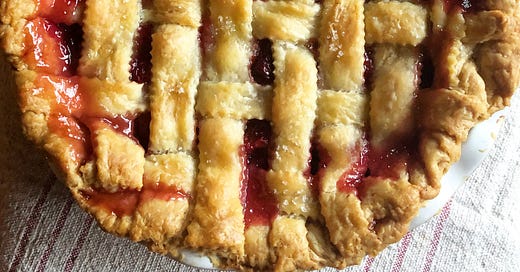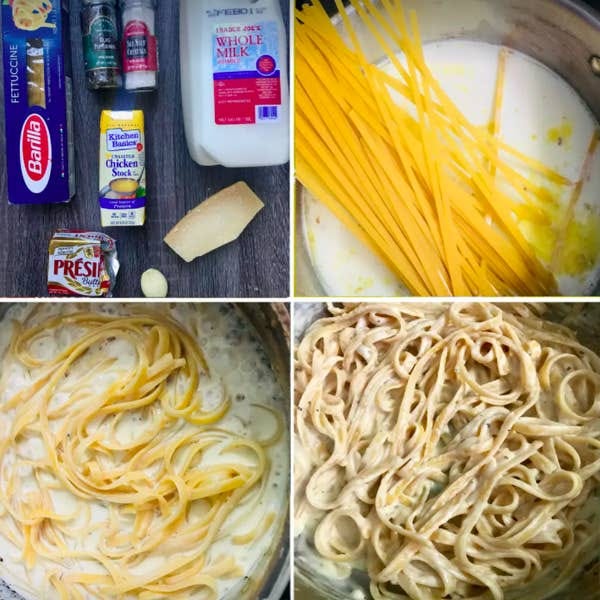Coming out of a year where we have learned to do everything differently, the predictions for how life as we know it will change are proliferating. We’ve already begun to make those changes, however unconsciously, in our own lives.
Call it life hacking the pandemic.
Shortcuts might be shortchanging
We all know about life hacks. They’re the nifty tricks and shortcuts that help us do things more efficiently, with increased productivity and time saving often the goal. It’s no wonder that, as we’ve tried to figure out how to navigate a world of constantly changing rules, we’ve also tried to find ways to make the most of our time and our well-being.
The fundamental problem, of course, is that change is hard. And it’s easy to get sucked into the rabbit hole of how we should do things differently to be stronger, healthier, better, at the end of all this. As this great piece from The Boston Globe described it:
When COVID-19 hit, so many articles, tips, and Instagram accounts cropped up dedicated to making ourselves the Best Pandemic People Possible: how to transform a living room into a learning den; how to stage a quarantine “glow up” and emerge lithe and toned. Always, a battery of self-improvement advice with undercurrents of scolding: You are failing, and a pandemic is the prime opportunity to do better.
But what if this is really an opportunity to focus, not on doing better, but on feeling better? What if, in the process of trying to save time and be more efficient, we’re losing the joy of savouring time? And enjoying the journey along the way?
Taking the side roads to get to the destination
I’ve been thinking about that as I've seen the proliferation of shortcut recipes and kitchen hacks this past year. From the famous TikTok baked feta pasta and whipped ice coffee to fried Uncrustables and microwave mac and cheese, it seems that just about everything can be made more quickly, and with less fuss.
But - hang on a second.
Do you really need to make fettuccine Alfredo by boiling the pasta directly in the sauce?
This is already one of the simplest pasta dishes to make - 10 minutes flat. Why not take the time to make this most delicious of dishes in the good old-fashioned way?
As I’ve been making summer pies, doing things slow and easy has been on my mind. Sure, there are shortcuts to be had: frozen pie crust, canned pie filling. But with very little effort, and an abundance of the most delicious in-season fruit available, homemade pie is satisfying and simple.
The quickest path may save time, but what are you missing along the way? Like taking the side roads and country lanes, following the slow and steady path to your destination, whether that’s a pie or a place, is ultimately so much more satisfying. Now that’s a life hack worth trying.
Just make pie
If you haven’t made pie before, I know you may not believe me when I say it’s as easy as, well, pie. It’s not the filling that seems difficult; after all, this is usually fruit, sugar, some sort of thickener, and perhaps a few spices. It’s the dough that confounds and intimidates.
Why not try? The dough comes together in less than 20 minutes. And while you need to chill that dough for at least two hours before proceeding, it will benefit from that long slow chill. And you’ll have time to do something else while you wait.
All-Purpose Pie Dough - Pâte Brisée Fine
from Julia’s Kitchen Wisdom, Julia Child
Dough for two 9-inch round shells
For such a simple thing - essentially flour, water and some sort of fat - there are myriad recipes for pie dough. The first time I made pie dough, I thought I’d go to one of my tried and true kitchen wizards: Julia Child. This recipe is simple and delicious.
1½ cups all purpose flour
½ cup pastry flour
1 teaspoon salt
1½ sticks (6 ounces) chilled unsalted butter, diced
¼ cup chilled vegetable shortening or leaf lard
½ cup ice water, plus more if needed
Combine the flours, salt and butter in the bowl of a food processor fitted with the steel blade. Pulse 5 or 6 times to break up butter.
Add lard, pour in the ice water, and pulse 5 or 6 times. You don’t want to blend the dough together, but rather create a mass of smallish lumps, which should hold when a handful is pressed together. If the dough is too dry to stick together, pulse in a few more droplets of water.
Turn the dough out onto a clean work surface, and with the heel of your hand smear the dough outward. This is called fraisage: it is the blending of the flour and fat in the dough.
This super quick video from Dorie Greenspan shows you how the dough should look, how to fraisage and how to gather the dough together to refrigerate.
Gather the dough into a round ball, wrap in plastic, and refrigerate for at least 2 hours (or up to 2 days) or you may freeze the dough for several months.
I love making pie and cherry is my hands-down favourite. My all-around go-to pie guru is Kate McDermott. If you love pie but don’t know McDermott, go to Art of the Pie posthaste. McDermott’s website is chock full of recipes, tips, delicious ideas and yes - a recipe for the world’s best cherry pie. If I haven’t persuaded you, her love of pie and the beautiful way she writes about all things pie - both sweet and savoury - will surely make you want to try.
Kate McDermott’s award-winning sour cherry pie
I decided to try something a little different this week. You can find the recipe for this absolutely spectacular pie in the link here. What I’ve added below are three short videos that show you how an amateur home cook (me) mixes up the filling, rolls out a pie crust and makes a lattice pie top - glitches and all. I am sure the experienced bakers amongst you will see how I might improve, and I intend to do that, by baking more pies! But hopefully what they will show you is that pie is forgiving, generous and delicious, no matter how you make it.
Make the filling
This step of course, is dead simple, but try whisking the dry ingredients for the filling together first before adding them to the cherries. It will ensure that you’ve perfectly incorporated everything.
Roll out the pie crust
Yes, pie dough seems delicate and shouldn’t be overhandled. But it can be patched, moved and fitted into place without much difficulty.
Make a lattice top
You’ll see pretty quickly that I don’t get the lattice top right on the first try. That’s okay. You can course correct as you go. Start by making ten equal strips of dough and go from there. And of course, refer to Art of the Pie for the best advice.







I love making pies too but don’t make them often enough. I understand how it can be intimidating!